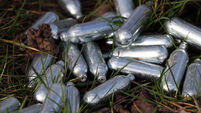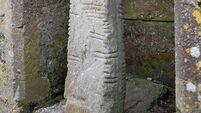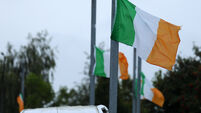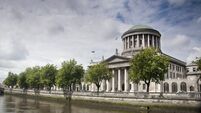100 years after his death, collector Robert Day is celebrated

This weekend will see the first conference and detailed study of Robert Day (1836-1914), whose gold, Viking silver, jewellery, and medieval religious items ended up in the hands of the world’s richest men such as newspaper magnate Randolf Hearst, and in museums.
The event on Saturday, as well as a special publication on what is known of his vast collection, is hosted by the Cork Historical and Archaeological Society, of which he was a president.













